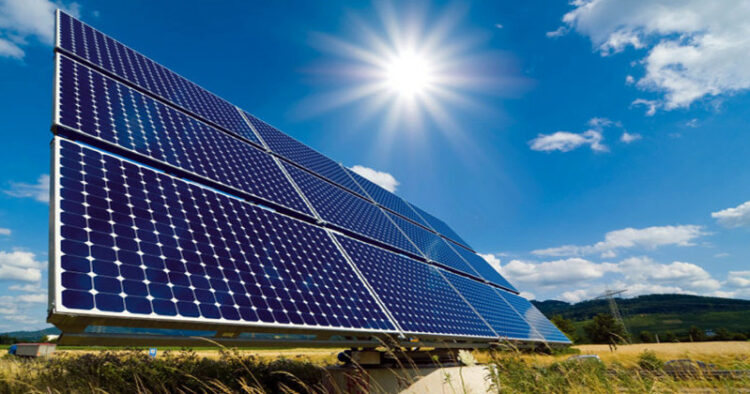Chandigarh has emerged as the top solar power generator among all Union Territories in India, Khalsa Vox reported.
As of June 30, Chandigarh had an impressive installed solar power capacity of 63.59 MW, said Union Minister of New and Renewable Energy and Power, RK Singh in response to a question during the ongoing Monsoon Session of Parliament. Chandigarh was followed by Jammu and Kashmir with 53.29 MW in solar power capacity. Then comes Puducherry with 43.26 MW, Daman and Diu with 41.01 MW, Andaman and Nicobar with 29.91 MW, Ladakh with 7.80 MW, Dadar and Nagar Haveli with 5.46 MW, and Lakshadweep with 3.27 MW in solar power capacity.
Union Minister RK Singh revealed that the government had set an ambitious target of achieving 100 GW of solar power installed capacity across the entire country by 2022, but state-wise targets were not specifically set. As of June 30, the total solar power capacity installed in the country reached an impressive 70.10 GW, with an additional 55.90 GW under installation.
Chandigarh’s efforts to harness solar power have been commendable, with the UT Administration initially aiming to achieve 75 MW by August 15. Although the deadline might not be met on Independence Day, the governing body of the Chandigarh Renewable Energy and Science and Technology Promotion Society (CREST), the agency responsible for implementing renewable energy projects in the city, has decided to extend the deadline until December this year.
To develop the UT as a model solar city, the administration has set its sights on achieving a target of 100 MWp by 2025. Additionally, a roadmap will be prepared to meet the solar power generation requirements of the city by 2030. Some of the proposed projects include two floating solar power plants at the waterworks in Sector 39, a 1 MWp solar plant on the shed of the parking area near DT Mall in the IT Park, and rooftop solar projects on institutional buildings.
With a total of 23 solar power projects being set up across the city, Chandigarh is taking significant steps towards a greener future. Currently, 20 solar power plants, with a combined capacity of 4.5 MWp, are nearing completion.



















Comments